HTC Phones
Latest about HTC Phones
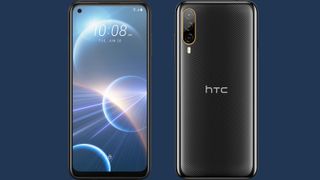
HTC is back with an intriguing phone wrapped in NFT and metaverse buzzwords
By Tom Bedford published
The HTC Desire 22 Pro has been announced in a flurry of buzzwords, but there's something interesting below the surface.
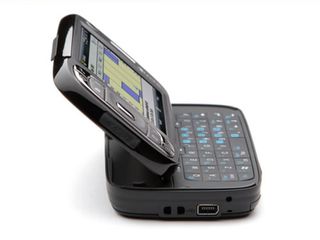
HTC TyTN II - the top business phone around
By Martin James last updated
The mobile professional has never had it so good

A foldable HTC phone might be in the works, based on a new patent
By David Nield published
HTC could be joining Huawei, Samsung, Motorola and the rest in the folding phone market
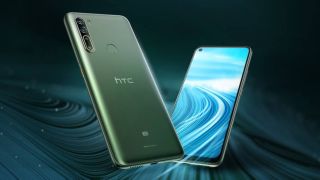
HTC U20 5G is official, and it's the company's first 5G phone
By James Rogerson published
The HTC U20 5G is HTC's first 5G phone and it has landed alongside another handset.
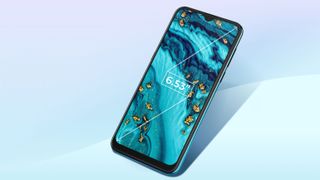
HTC is still making phones, as it launches the triple camera-toting Wildfire R70
By Michael Sawh published
There's still hope for those wanting to see new HTC phones in 2020, although you're unlikely to be able to buy this one.
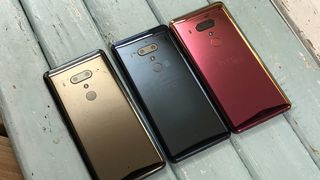
HTC is launching its first 5G phone sometime this year
By James Rogerson published
HTC has confirmed that it's launching a 5G phone in 2020, but will it be high-end or affordable?

Why the HTC One M8 is the best phone of the decade – and beats these four other phones
By James Peckham, Gareth Beavis, John McCann last updated
HTC, Samsung and Motorola all feature in our list of the best phones of the decade.

HTC might have just hinted that it’s rebooting a classic phone, but which one?
By James Rogerson published
HTC might be bringing back a phone from its past and we have some ideas of what it should choose.
Sign up for breaking news, reviews, opinion, top tech deals, and more.

